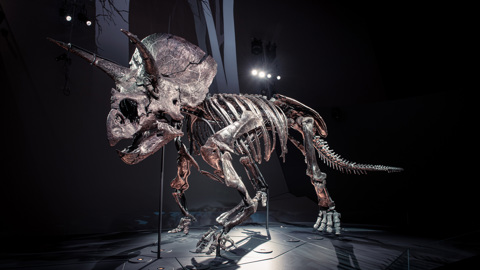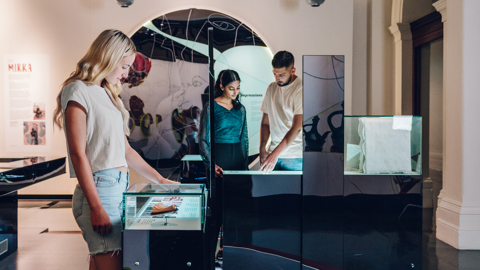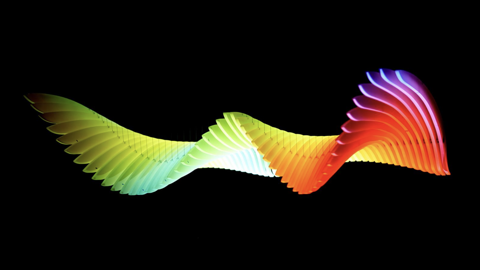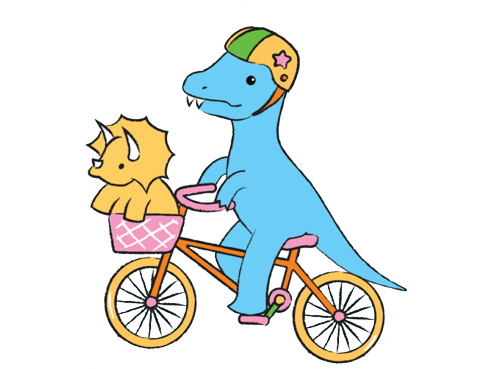We’re off to inhabit the Moon then onwards to Mars!
Teacher notes
Humans have been planning to inhabit the Moon for a long time. Finally, NASA will be partnering with commercial and international organisations to make this happen. NASA plans to send people to the Moon starting in 2023, and land astronauts on the surface around the late 2020's. The first part of the mission will involve building an orbiting lunar station which will serve as a home base for missions to the Moon’s surface called “The Gateway”. This means that people alive today will have the incredible opportunity to witness a Moon landing!
A moment when everyone, everywhere around the world hold their breath and watch the astronauts create history again and touchdown on the lunar surface. Of course this will only be the beginning as humans will endeavour to research the space technologies and necessities for human survival in space so that we can reach further out into our Solar System and finally land the first humans on the planet Mars.
In this activity, students will consider this issue from different points of view. They will brainstorm and discuss the issue using the six-thinking hats method (developed by Dr Edward de Bono).
What you need
- Photocopies of Worksheet: Six thinking hats. You may wish to enlarge these to A3 size, so students have more space to write.
- Access to resources for students’ own research.
What to do
- Begin the session by posing the following scenario:
‘NASA and many other international space agencies and governments intend to cooperate to send humans to the Moon to live, conduct experiments and help plan for other missions to Mars and beyond. Sending humans to the Moon offers a great opportunity for advances in science and technology. However, many argue that the amount of money required for this project would be much better spent on sustainable technology here on Earth, to combat issues such as water shortages, poverty and climate issues. The Australian Government has been asked to join this group and provide money and research to help send humans to the Moon. It is your group’s mission to advise the government: Should we send people to live on the Moon, or should we spend the money on much needed projects on Earth?’ - Divide the students into groups of four.
- Ask the groups to write down all the information they need to research to help them make a decision. They may want to allocate different research topics to different group members.
- Allow students the time to research the scenario.
- With research in hand, gather the students back into their groups.
- Hand out the worksheets; explain the six-thinking-hats method and what each colour represents.
- Starting with the white hat, groups should spend the time indicated in Table 1, discussing and writing down notes under each hat on the worksheet. The teacher should keep time and encourage groups to stay focused on the particular hat.
- After the students have worked through the six-hats, have each group present their findings (Blue Hat) and their reasoning to the rest of the class.
- Discuss whether the thinking hats process changed their mind about the topic.
Suggested time interval to be spent on brainstorming for each thinking hat colour
| Thinking hat colour | Suggested time |
|---|---|
| White Hat | 10 min |
| Red Hat | 5 min |
| Black Hat | 7 min |
| Yellow Hat | 7 min |
| Green Hat | 5 min |
| Blue Hat | 5 min |






